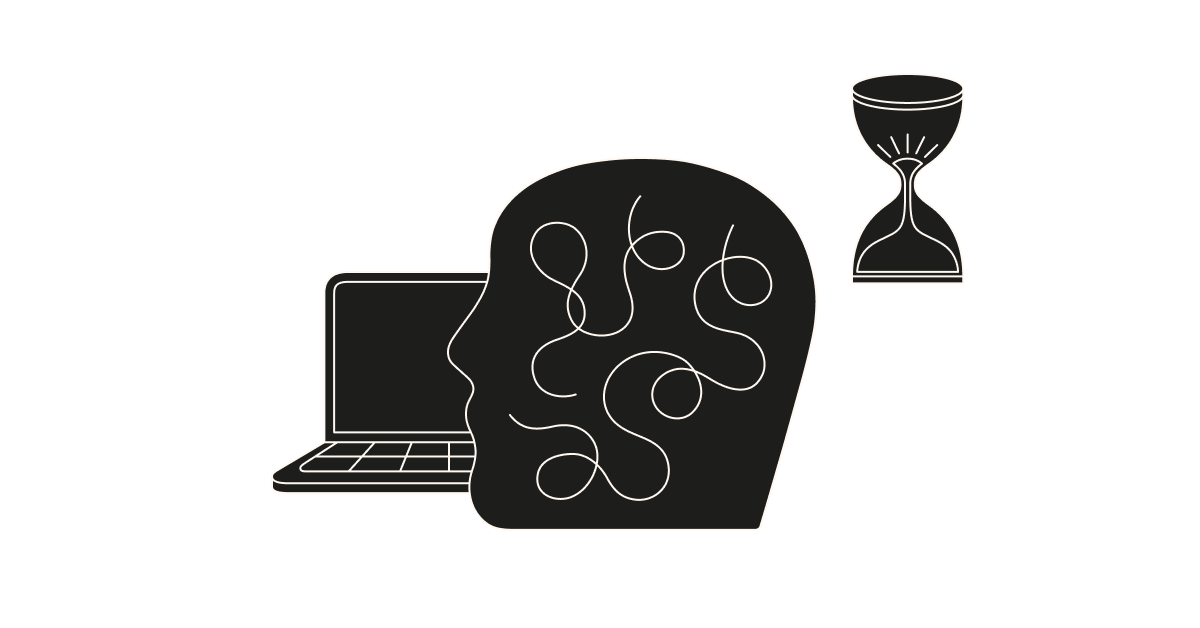
In the dynamic landscape of project management, success hinges on the ability to prioritize effectively. Whether you're leading a team, managing tasks solo, or overseeing complex initiatives, prioritization is the cornerstone of efficient progress.
Without it, projects can quickly become overwhelmed by tasks, deadlines, and shifting requirements. In this blog post, we'll dive into some proven tactics for prioritizing tasks and maximizing productivity in project management.
Eisenhower Matrix
The Eisenhower Matrix, also known as the Urgent-Important Matrix, is a powerful tool for sorting tasks based on their urgency and importance. Tasks are categorized into four quadrants:
- Urgent and important: Tasks that require immediate attention. Handle these promptly.
- Important, but not urgent: Tasks that contribute to long-term goals. Schedule these for later.
- Urgent, but not important: Tasks that can be delegated or minimized. Delegate these whenever possible.
- Not urgent and not important: Low-priority tasks. Eliminate or minimize these to focus on higher-value work.
MoSCoW method
This method helps prioritize tasks based on their importance to achieving project objectives. Tasks are classified into four categories:
- Must-Have: Critical requirements that are indispensable for project success.
- Should-Have: Important but not vital requirements that can be accommodated if resources allow.
- Could-Have: Desirable but non-essential features that can be deferred to later iterations.
- Won't-Have: Features that are deemed unnecessary for the current project scope.
Value vs. effort analysis
Prioritize tasks by evaluating the value they deliver against the effort required to complete them. Focus on high-value, low-effort tasks to maximize productivity. Conversely, consider whether high-effort tasks yield commensurate value and reassess their priority accordingly.
Critical path analysis
For projects with interconnected tasks and dependencies, identify the critical path—the sequence of tasks that determines the project's overall duration. Prioritize tasks along the critical path to ensure timely project completion. Allocate resources and attention to tasks that directly impact the critical path to mitigate delays.
Kanban boards
Utilize Kanban boards to visualize workflow and prioritize tasks in real-time. Kanban boards typically feature columns representing different stages of work (e.g., to-do, in progress, done). Prioritize tasks by moving them across columns based on their status and urgency. Limit work in progress (WIP) to maintain focus and prevent bottlenecks.
Risk management
Prioritize tasks based on their potential impact on project risks. Identify high-risk tasks that could derail the project if not addressed promptly. Allocate resources to mitigate or eliminate these risks early in the project lifecycle to prevent costly delays or failures.
Prioritization lies at the heart of effective project management, enabling teams to focus their efforts on tasks that drive meaningful outcomes. By leveraging tactics such as the Eisenhower Matrix, MoSCoW Method, value vs. effort analysis, critical path analysis, Kanban boards, and risk management, project managers can navigate complexities, optimize resources, and steer projects toward success.
Remember, effective prioritization is not just about doing things right but also doing the right things at the right time.















